Table of Contents
Programming languages: what they are and how they work
Programming languages enable electronic devices like computers and smartphones to interpret commands and code used to create the websites, apps and platforms that we use in our everyday lives.
Every website and platform, from Facebook to Netflix, not to mention the apps that we use on our smartphones, are created from code. That’s why the ability to code is one of the most sought-after skills in in today’s digital world.
In this guide, we’ll walk you through what programming languages are, the languages that are most used and those worth learning in 2022, from the easiest to the most difficult.
What is a programming language?
Just as humans have devised languages to communicate with one another, programmers have created a series of languages to communicate with computers.
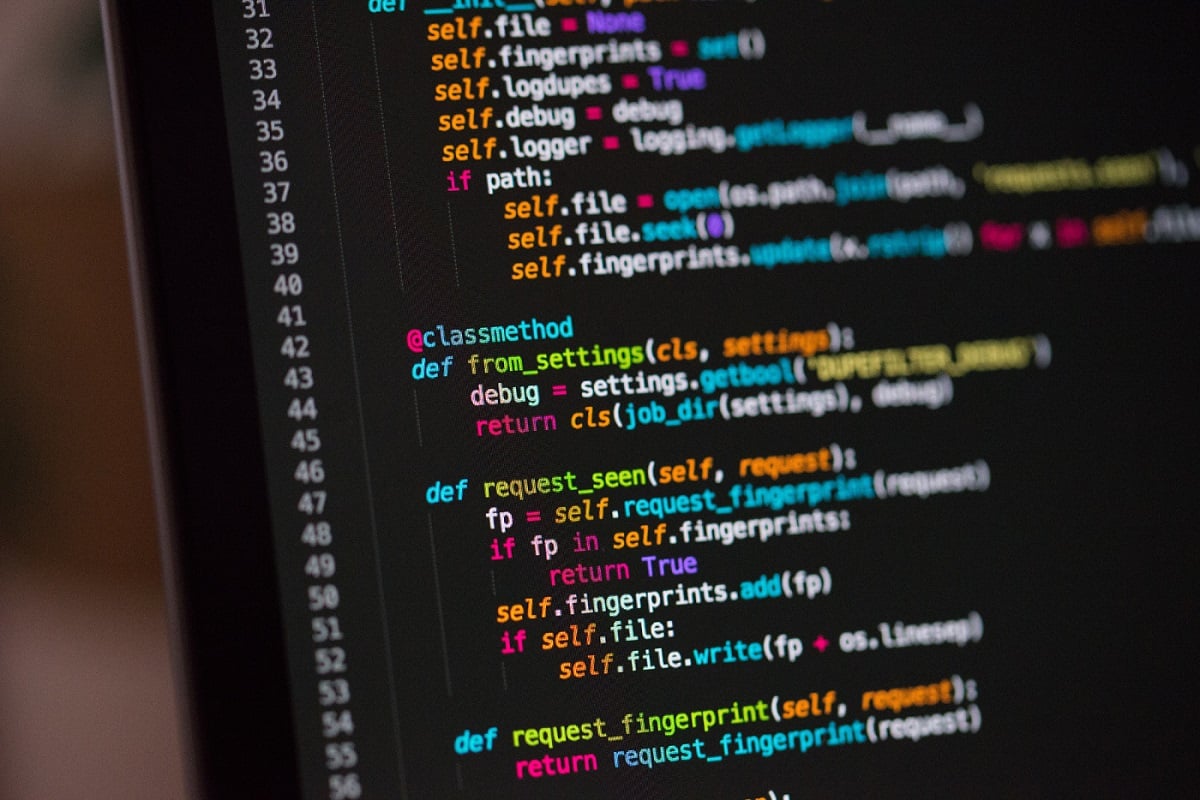
To be more specific, a programming language is a language used by developers and programmers that enables the transformation of a series of written commands and instructions into specific data and activities.
Programming languages are mainly used to develop desktop applications, websites, mobile applications and business platforms. By writing in these codes, it is possible to convert your ideas into a machine code that can be read by various types of computer. Basically, programming languages are used to give instructions to a computer, telling it what to do and how to do it.
How many types of programming language are there?
There are over 2,500 programming languages out there. These are classified according to their level of abstraction, starting from machine language and going all the way to human logic language. Types of programming language include:
- Low-level languages: these are the same as machine languages and provide little or no abstraction. They are therefore machine-oriented and designed to be directly executable by the processor.
- High-level languages: these have a high level of abstraction and are programmer-oriented and designed to be more understandable and easier to use by developers.
High-level languages can be divided into various families based on their programming paradigm:
- Imperative: where the instruction is an explicit command and instructions are executed in a preset order. These languages include C, COBOL and Assembly.
- Functional: these languages are based on the mathematical concept of function. They include Scala, Clojure and Haskell.
- Logic: here the instruction is a clause that describes the relationship between data. These languages include Prolog and Mercury.
There are also solutions that make developers’ lives easier:
- Scripting languages: these were created to automate long and repetitive tasks by using scripts. Among these are Javascript, PHP and Python.
What are the most commonly used programming languages?
To get an idea of the most commonly used programming languages, every year specific rankings are put together by TIOBE and PYPL, but it’s also possible to view the most used languages on GitHub (by selecting the year and quarter), a platform used by developers to archive and manage their code.
So, here are some of the most commonly used programming languages and what they’re used for.
Python
Developed by Guido van Rossum in the 1990s, Python is one of the world’s most popular programming languages. Its continued success is down to its ease of use, which enables beginners to quickly learn how to write simple programs.
What’s more, Python speeds up coding thanks to its large collection of libraries and the many programming frameworks based on it (systems that enable the language’s functionalities to be extended with actions and commands) that speed up coding, together with a large community of developers to turn to for help.
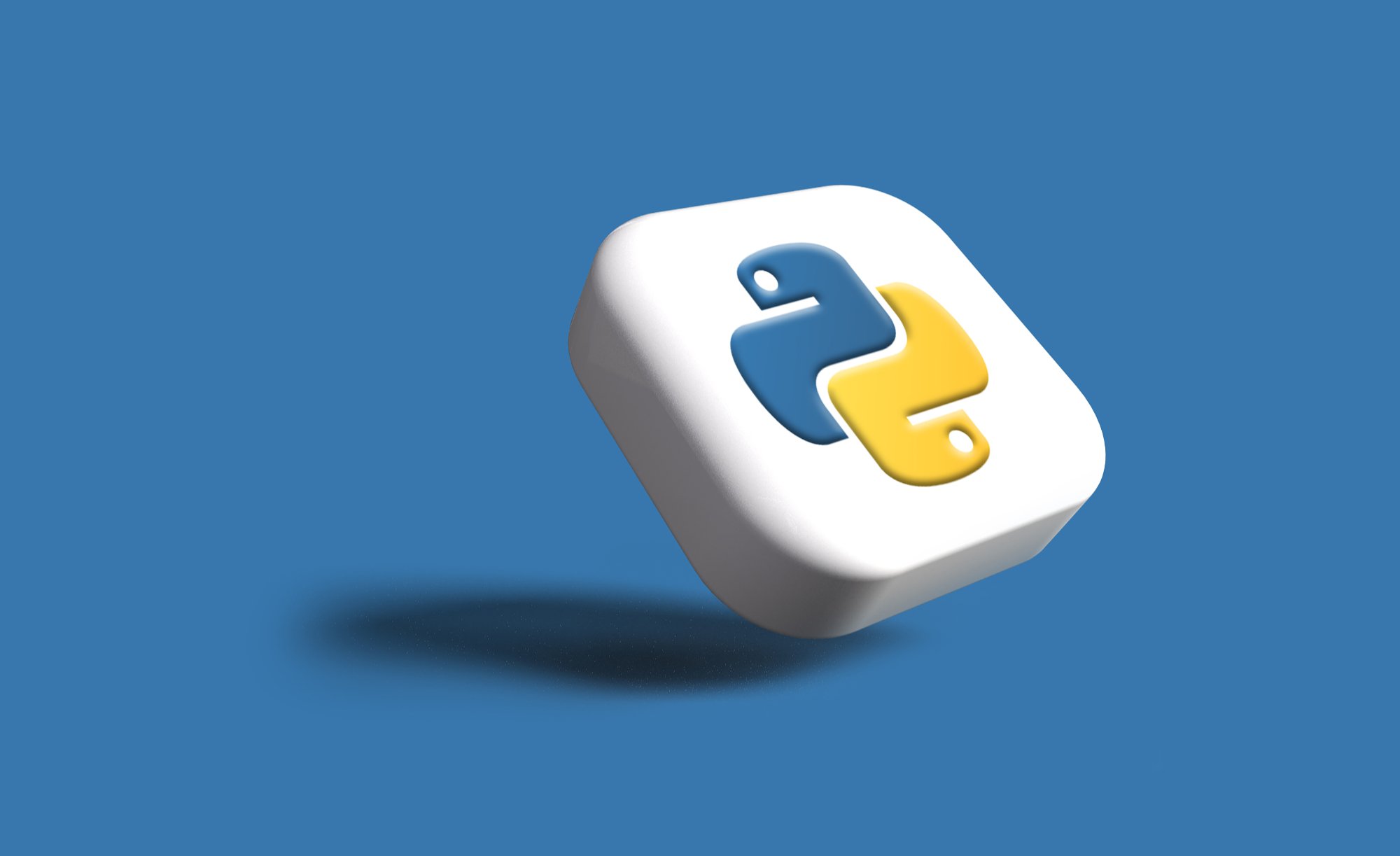
Python is mainly used for creating programs that use artificial intelligence, data analysis and machine learning. Many also use it for web development or creating corporate applications. One of the most famous apps built with Python (together with its Django framework) is Instagram.
Javascript
Created in 1995 by Netscape, this programming language is widely used together with HTML and CSS (which are markup languages, not programming languages) to build interactive websites and various types of applications. Javascript revolutionised web pages, which were highly static at the time, by adding dynamic animations and much more opportunity for user interaction.
Today, it’s considered the linchpin programming language for the front-end of the web, in other words the interface that the user sees and interacts with. It manages everything that’s interactive about a webpage, from pop-ups to notifications.
Furthermore, Javascript is the perfect language if you want to make an application work across many devices and different technologies: from the cloud to smartphones to browsers. Together with Node.js, the Javascript framework used for writing server-side applications, you can create the back-end (i.e. everything that goes on “under the bonnet” of web page or app), games and apps that work in browsers.
Java
This is the pre-eminent programming language used to build enterprise-grade applications. Created in 1995, it’s a so-called object-oriented programming language that allows the definition of software objects that can interact with one another by exchanging messages.
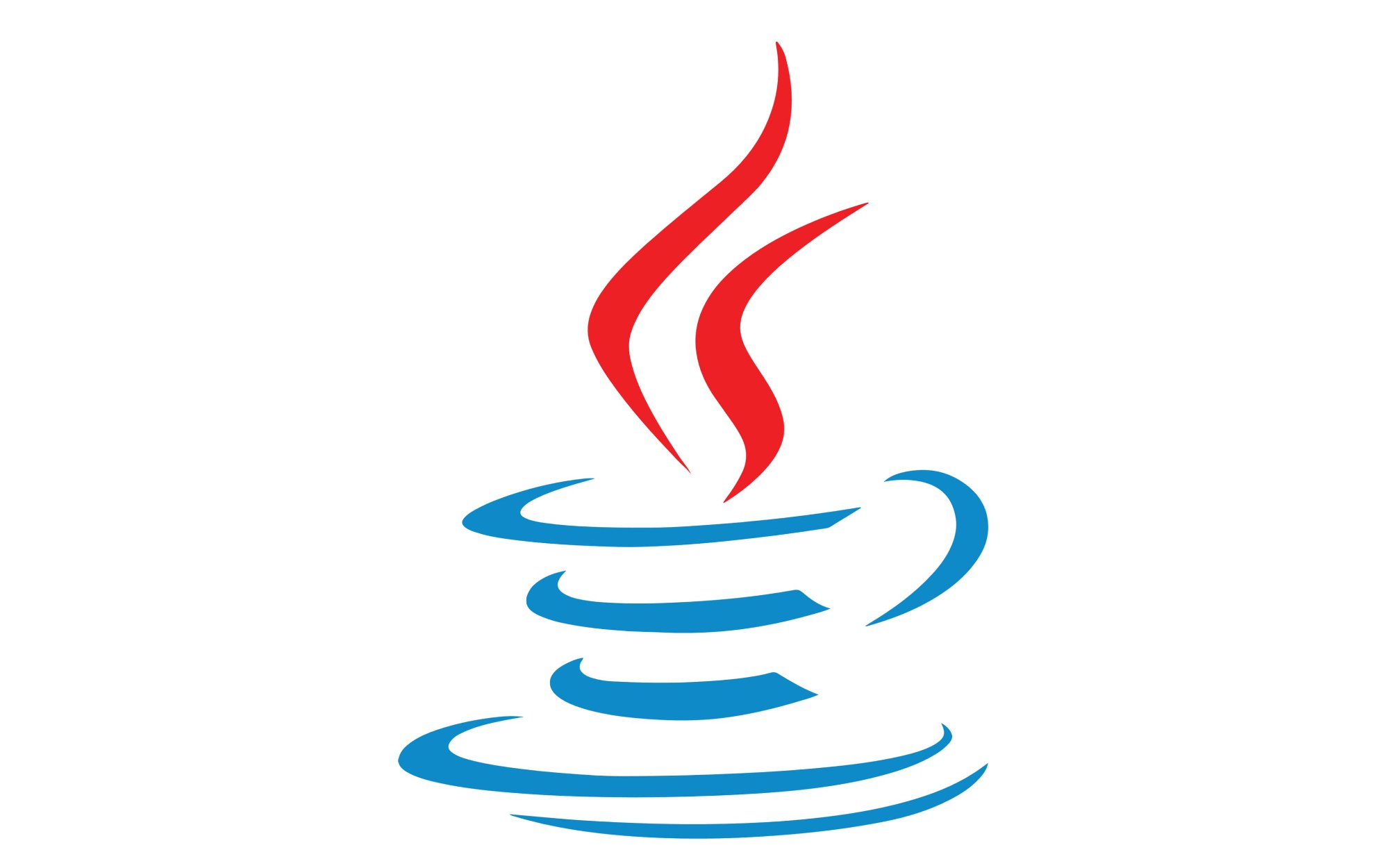
Java was created as a compiled language: this means that an application written in this language can be executed by any platform that supports Java (following the motto “write once, run anywhere”).
It’s used to develop corporate applications, by Android developers (it’s the language that was used to create the Android operating system), or to create applications for banking and e-commerce.
C/C++
This is one of the first programming languages ever created. C was released in the 1970s, while C++ was launched in the 1980s as an extension of C that introduced classes and other features, including object-oriented functionality. These two languages enabled the development of more modern ones like Python and PHP.
Both are used to create applications and platforms for IoT and systems that host applications. Learning them will give you the basics of programming and a better understanding of other languages.
C#
Developed by Microsoft to speed up C (as a competitor to Java), it was incorporated into the company’s .NET framework and is used for developing video games, server-side programming and mobile applications for Windows. It has a syntax that is similar to C, C+ and Java.
Being part of the .NET ecosystem, it enables access to many libraries and frameworks made available by Microsoft. What’s more, it is perfectly integrated with Windows for developing apps for this operating system.
PHP
Developed in the mid-1990s, PHP is a server-side scripting language used for developing dynamic and interactive websites. Used by many developers around the world, it boasts a vast community that has produced open-source software and frameworks that enable this language to be used more easily.
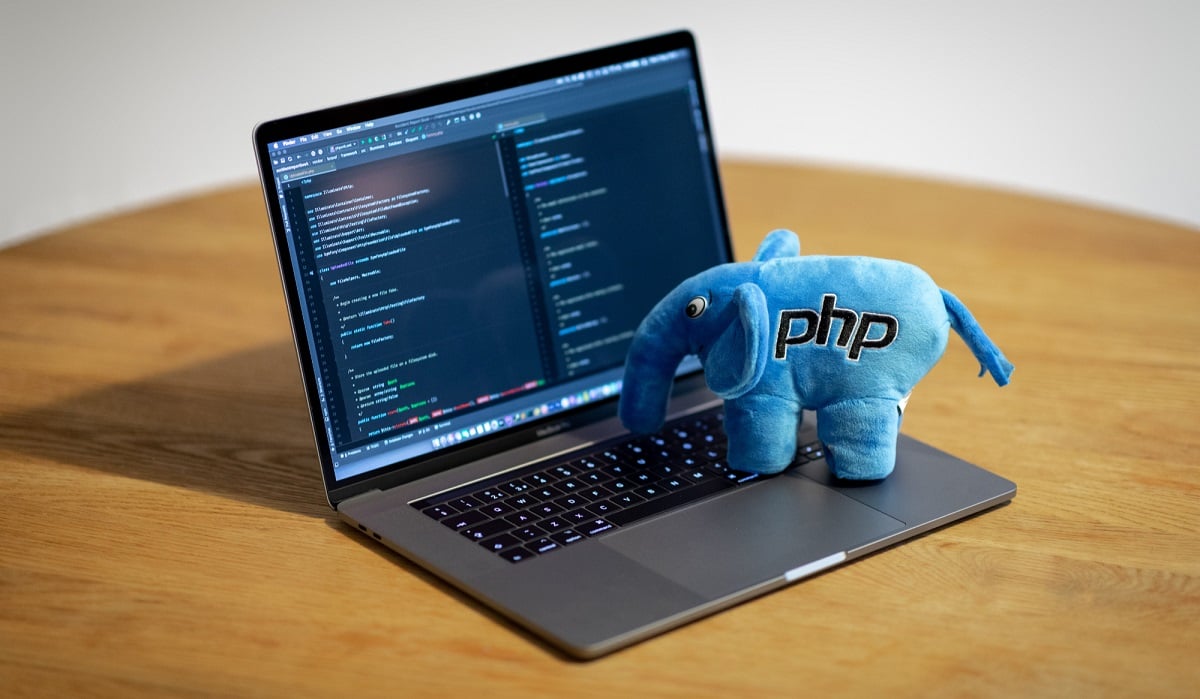
It is much faster and more flexible for creating blogs, forums and social networks, CMS (content management systems), e-commerce platforms and web applications. Wikipedia, for example, was programmed with PHP.
Go
Created in 2009 by Google and also called Golang, it was designed to combine the best features of various different programming languages and is available for Windows, Linux and Mac. Google has claimed that Go is a blend that offers the high performance of C/C++, the simplicity and usability of Python and the efficient management of Java.
It is used to develop systems such as server/web applications, middleware and databases, and it too is supported by many libraries that simplify the creation of software.
Ruby
Much used for the development of web applications, Ruby is open-source and relatively simple to learn. It is considered by many to be an “elegant” programming language, given the simplicity of its syntax.
It owes its success to the framework Ruby on Rails framework, which makes development even easier. Two of the most famous web apps developed with Ruby are SoundCloud and Twitch.
Swift
Created by Apple in 2014 to build apps for iOS, macOS, watchOS and tvOS, this is a programming language that’s fairly easy to learn. It was designed to replace Objective-C, the language previously used by Apple.
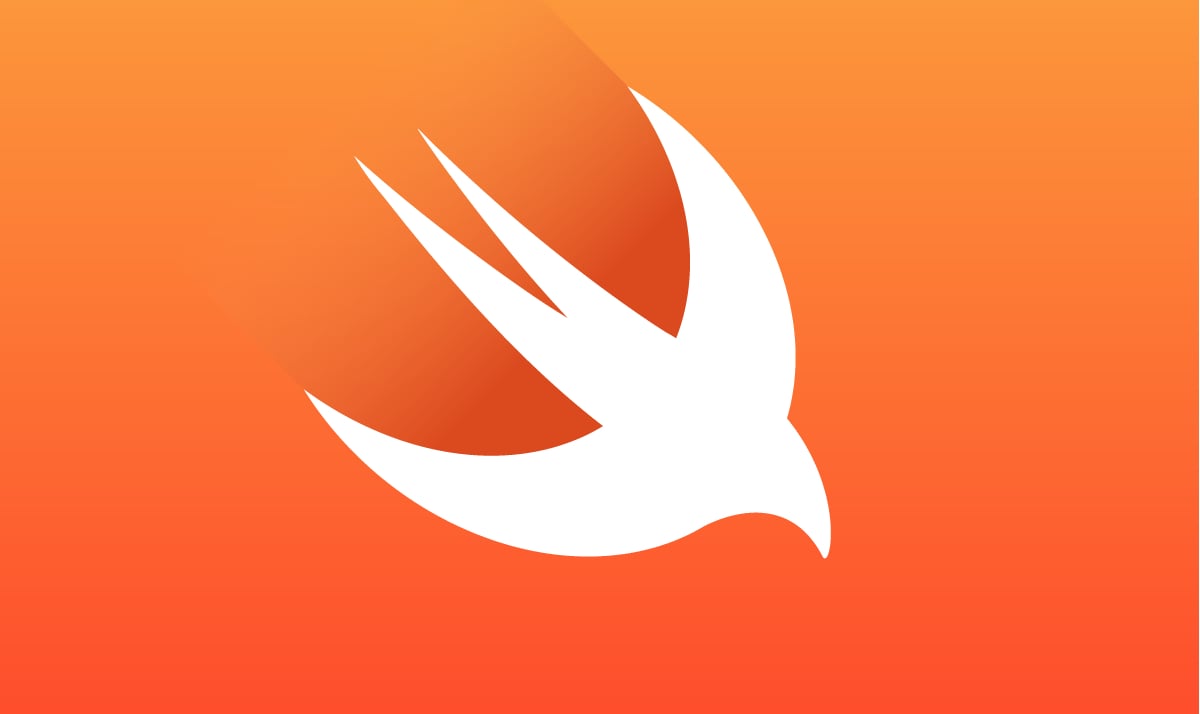
Swift was designed to be efficient and to make developers’ lives easier. It integrates perfectly with Objective-C for developing applications for the iPhone, iPad, Mac, Apple Watch and other devices in the Apple system.
SQL
Short for Structured Query Language, SQL is a programming language created in 1974 by Donald D. Chamberlin and Raymond F. Boyce. It is used by developers to build tables and databases.
It’s the most commonly used language for interacting with database management systems (DBMS). Anyone who has to use a database for their server needs to know SQL.
We’ve just looked at a few of the most common programming languages, but there are thousands more out there, including some that are very popular: R (used for statistical analysis and machine learning apps), Kotlin (recommended by Google for developing Android apps), Scala (for cloud-based applications), MATLAB (scientific research) TypeScript (an extended version of Javascript) and many more.
Which programming languages are useful to learn for work?
Companies are always looking for developers and coders of every type and skill level. From web to blockchain developers to people who create apps for smartphones and game developers, not to mention IT security experts.
Learning to code is easier than ever before: it still requires time, dedication and perseverance, but these days there are many free platforms and courses out there for getting started, from FreeCodeCamp to Coursera. Any beginner can learn if they really want to. Obviously, you don’t need to learn every programming language. What’s important is knowing the basics of coding, then learning a specific language well. Only then can you think about learning other languages or frameworks.

Many start-ups and young companies ask for knowledge of Javascript and Python (one of the easiest to learn), while bigger organisations usually build their internal software using C# or Java.
You can become a front-end developer by learning HTML, CSS and Javascript, or a back-end developer with PHP or Ruby. Those who want to work in the cloud should instead learn Scala or Go. And if your dream is to develop apps for smartphones, learning Swift and Kotlin is the path to take.
That wraps up our guide to programming languages: each year, this vast, constantly changing universe sees the birth (and death) of countless different languages for all sorts of purposes.



